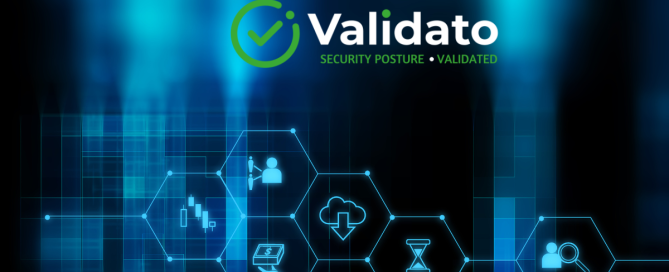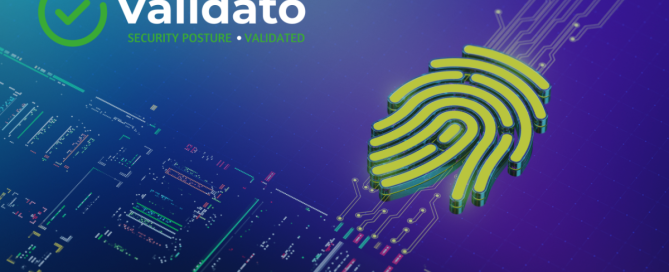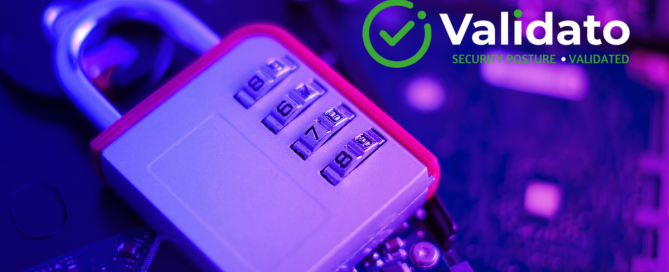Why Cyber Resilience Is More Than Just Recovery Plans
The Evolution of Cyber Resilience in Today's Threat Landscape With an ever-increasingly complex threat landscape, cyber resilience has evolved far beyond simple disaster recovery planning. As attackers continuously refine their techniques, organisations need comprehensive strategies that address security gaps before they can be exploited. While traditional approaches focus primarily on reactive measures, true cyber resilience











